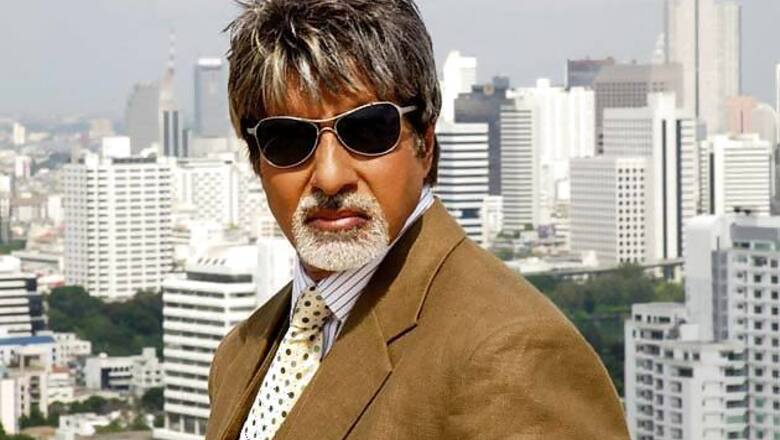
views
In 2009, Osians released my book 'Bachchanalia' comprising 182 anecdotes, synopsis and posters of Amitabh Bachchan films spanning 40 years of his career. It was a nostalgic and a grand event held at Tata Theatre attended by a number of film folks and celebs.
As the author I was to make a keynote address and I didn’t want to say anything that everybody already knew about the actor. I recounted an incident in1973 when my college friends and I had booked tickets to watch Zanjeer first day first show. A day prior to the show I discovered that I had lost the tickets. I felt responsible for all my friends and unbelievable as it sounds today, I registered a complaint about the stolen tickets at the Kings Circle Police Station. Come Friday and a constable helped us recover our stolen tickets at Aurora Theatre.
Zanjeer altered the way anger was projected on screen and also off screen. Suddenly boys in college campus were kicking chairs when they were feeling rebellious. In 1975 I watched Deewar at Badal Bijli Theatre. In the last reel when the actor has a soliloquy with the deity in the temple, the power went off. It took almost 40 minutes for the lights to come back but nobody stirred out of their seats.
This was unusual because power failure was very common those days and the audience and nobody waited for the lights to come on. This time they waited patiently, uncharacteristically subdued as if jolted by the cinematic experience!!
It must have been the operative influences of all these films that I landed a job as a film scribe. After a few freelance assignments I was taken full time reporter with Super magazine.
Those days a prominent feature in the glossies included a Studio Round - up where the reporter hopped from set to set talking to the star cast and filing a story. It was the winter of 1977 or 1978 when I was visited the set of Dulal Guha’s Do Anjaane at Rooptara Studio in Dadar. I had spent an afternoon talking to the producer and the director of the film and was on my way out when I learnt that Amitabh Bachchan had just arrived. I went to his makeup room devoid of security guards and knocked on the door. "Come in" said the baritone. I entered and introduced myself, the purpose of my visit. He took a long pause. "Does your editor know you are visiting me, I suggest you speak to him and come to me later" he replied finally.
I was unaware of the history of the ban on the actor and pulled up by the office to never trespass boundaries with the actor again. I didn’t. In 1983 when Amitabh Bachchan was recuperating from his near fatal accident and long hospitalization at the Breach Candy hospital, there were all kinds of stories relating to his health in the grapevine. It was probably to silence his detractors that producer Ramesh Behl invited select media to location shooting of Pukaar in Goa.
I had the rare privilege of traveling with Bachchan and Behl families when Abhishek and Shweta were little kids.
When we arrived at Fort Aguada Amitabh was pacing the garden waiting for his kids. Seeing me accompanied by his family, he smiled naturally but I was scared about breaking rules on my last encounter that in the three days that followed I made sure never to cross Bachchan’s path. Back to the office everyone wanted to know how Bachchan was coping with the pressures of shooting after his hospitalisation. “So what did he say?” asked my editor. “Nothing” I replied. “Didn’t you say there is a ban on him and we are not to speak to him?’
Some more years went by. I had graduated from a cub reporter to assistant editor and launching a new magazine as editor. It was to be the first visual and the most expensive film magazine brought out by Chitralekha Group. The publishers had a precondition that the debut cover should feature Amitabh Bachchan.
There was a reason for this. While other glossies cost Rs3.50 at that time, our magazine was priced Rs 12 and nobody could guarantee the sale except the Shahenshah. I had no idea how I was going to accomplish this impossible task. Putting together a desk story was not difficult but there was no way of obtaining his exclusive pictures because unless he shared it from his private album.
The year was 1989, Shabana Azmi was shooting with him for Main Azaad Hoon. I requested Shabana to put in a word for me. He agreed but days went by and the pictures didn’t arrive. The deadline was weighing on me and my publishers were losing patience. Then one morning, I was driving past his bungalow and stopped to scribble an angry note on a tissue paper, which the watchman refused to accept because it was without an envelope but I persisted. An hour later I was in my cabin dreading the intercom from the printing press when a miracle occurred. The peon brought a packet full of Bachchan exclusive pictures.
In 1990 when Bachchan decided to call off the ban and make truce with the media I was the first journalist he spoke to. It was the most historic moment of his career and even Bachchan was unprepared for the overwhelming reaction. One had expected there would be a lot of acrimony instead the reunion was extremely emotional. He had been the forbidden fruit for 18 long years and the media went completely berserk! To make sure that nobody felt discriminated he spoke to every small and big, mainstream and regional journo in Bombay and outside.
In 1999 I made my debut as an author with a chronicle on him titled Amitabh: The Legend. It was the first biography in conversation today a trend followed by many authors. In 2009 on his completion of 40 years in show business Osians released Bachchanlia and in 2011 I completed my trilogy on the actor with Amitabh Lexicon which captures his 174 films in 2,833 Headwords of the English dictionary.











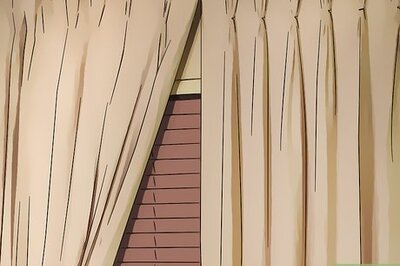


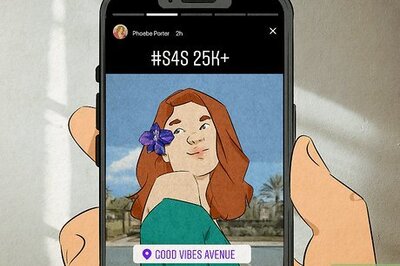



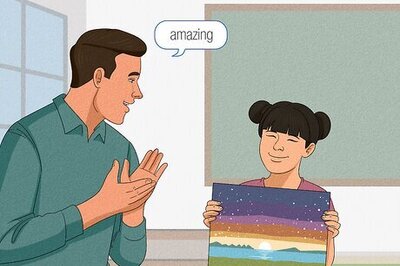
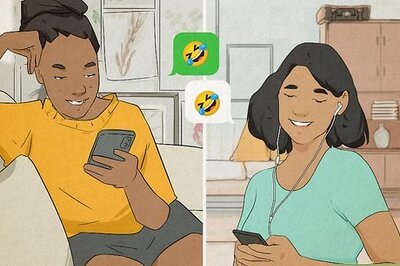
Comments
0 comment